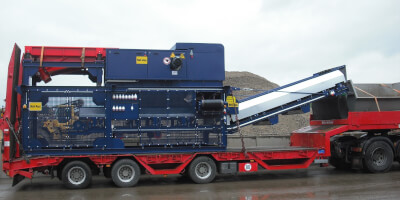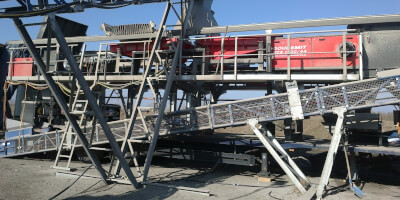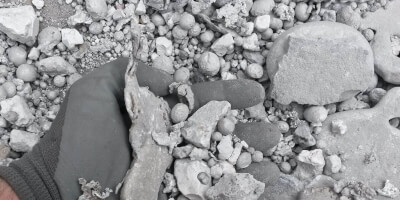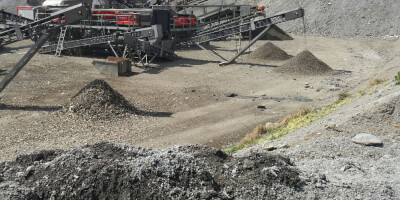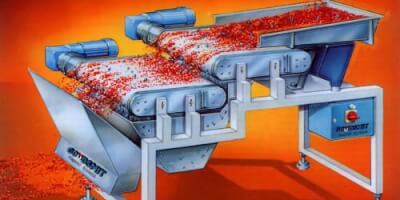Separation and Detection of Primary and Secondary Materials
Beneficiation of raw materials during the processing of ores and mineral materials. Efficient recovery of valuable metals from waste.
Raw materials are traditionally acquired by mining and processing of ores. Differences in magnetic properties of minerals enable resolving beneficiation of raw materials via magnetic separation. Separation divides the magnetic product from the non-magnetic, useful elements from waste rock and improves metal content.
The process of wet and dry magnetic separation and development of machines for beneficiating weakly and strongly magnetic materials and ores and regenerating magnetite or ferrosilicon from heavy suspensions was the focus of the very founder of our company.
Today, communal and industrial waste serves as a source of valuable metals. Utilising magnetic separation and detecting other metals allows us to return iron and non-ferrous metals back into circulation. Our recycling solutions contribute to limiting the impact of mining and manufacturing processes on the environment.
Want to read more? Browse through the related documents.
Need help? Write us
Related documents
What We Can Resolve via Separation?
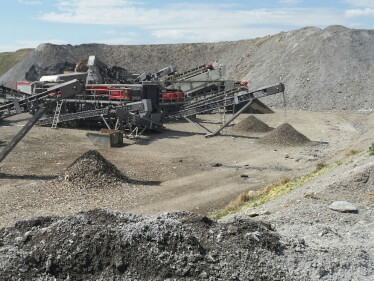 |
Slag from waste incinerators contains on average: 8-12 % iron, 3-5 % non-ferrous metals and ±80-85 % minerals. Ferrous metals can be easily separated by magnetic drum separators or overband magnetic separators and these relatively high-purity fractions are returned back into steel production as a secondary raw material. |
|
Mobile version of high-performance eddy current separator NH1500/38HI located on a semitrailer. Higher efficiency of separatory eddy currents enabled us to break the reliable separation limit of 0.5 mm (e.g. thin copper fibres). |
 |
 |
Continuous high-gradient separator for wet separation of fine-grained iron ores.
|

